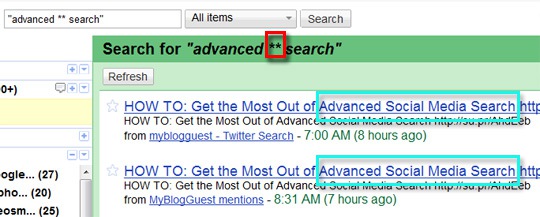Computer that failed to run an advertisement:
select sys.ResourceID,sys.ResourceType,sys.Name,sys.SMSUniqueIdentifier,sys.ResourceDomainORWorkgroup,sys.Client from sms_r_system as sys inner join SMS_ClientAdvertisementStatus as offer on sys.ResourceID=offer.ResourceID WHERE AdvertisementID = ‘A0120005′ and LastStateName = ‘Failed’
Computer that ran an advertisement successfully:
select sys.ResourceID,sys.ResourceType,sys.Name,sys.SMSUniqueIdentifier,sys.ResourceDomainORWorkgroup,sys.Client from sms_r_system as sys inner join SMS_ClientAdvertisementStatus as offer on sys.ResourceID=offer.ResourceID WHERE AdvertisementID = ‘A0120005′ and LastStateName = ‘Succeeded’
Notice for both collections you need to find the unique advertisement ID
Workstation computers that have not restarted the last 7 days:
select SMS_R_SYSTEM.ResourceID,SMS_R_SYSTEM.ResourceType,SMS_R_SYSTEM.Name,SMS_R_SYSTEM.SMSUniqueIdentifier,SMS_R_SYSTEM.ResourceDomainORWorkgroup,SMS_R_SYSTEM.Client from SMS_R_System INNER JOIN SMS_G_System_OPERATING_SYSTEM ON SMS_G_System_OPERATING_SYSTEM.ResourceID = SMS_R_System.ResourceId WHERE (SMS_G_System_OPERATING_SYSTEM.Caption like "%xp%" or SMS_G_System_OPERATING_SYSTEM.Caption like "%vista%" or SMS_G_System_OPERATING_SYSTEM.Caption like "%windows 7%") and (DateDiff(day, SMS_G_System_OPERATING_SYSTEM.LastBootUpTime, GetDate()) >7)
All Obsolete Clients:
select SMS_R_SYSTEM.ResourceID,SMS_R_SYSTEM.ResourceType,SMS_R_SYSTEM.Name,SMS_R_SYSTEM.SMSUniqueIdentifier,SMS_R_SYSTEM.ResourceDomainORWorkgroup,SMS_R_SYSTEM.Client from SMS_R_System where SMS_R_System.Obsolete = 1
All Inactive Clients:
select SMS_R_SYSTEM.ResourceID,SMS_R_SYSTEM.ResourceType,SMS_R_SYSTEM.Name,SMS_R_SYSTEM.SMSUniqueIdentifier,SMS_R_SYSTEM.ResourceDomainORWorkgroup,SMS_R_SYSTEM.Client from SMS_R_System where SMS_R_System.Active = 0
All Clients without a Config Mgr. Agent installed:
select SMS_R_SYSTEM.ResourceID,SMS_R_SYSTEM.ResourceType,SMS_R_SYSTEM.Name,SMS_R_SYSTEM.SMSUniqueIdentifier,SMS_R_SYSTEM.ResourceDomainORWorkgroup,SMS_R_SYSTEM.Client from SMS_R_System where SMS_R_System.Client is null
All Unapproved clients
select SMS_R_SYSTEM.ResourceID,SMS_R_SYSTEM.ResourceType,SMS_R_SYSTEM.Name,SMS_R_SYSTEM.SMSUniqueIdentifier,SMS_R_SYSTEM.ResourceDomainORWorkgroup,SMS_R_SYSTEM.Client from SMS_R_System inner join SMS_CM_RES_COLL_SMS00001 on SMS_CM_RES_COLL_SMS00001.ResourceId = SMS_R_System.ResourceId where SMS_CM_RES_COLL_SMS00001.IsApproved<>1



